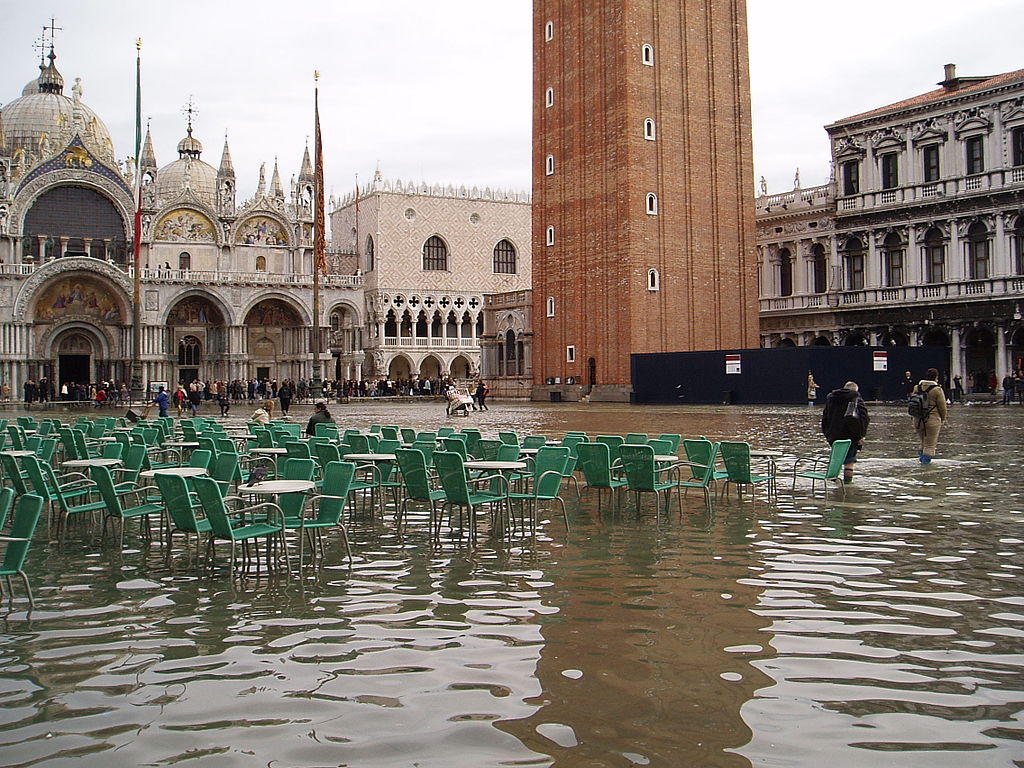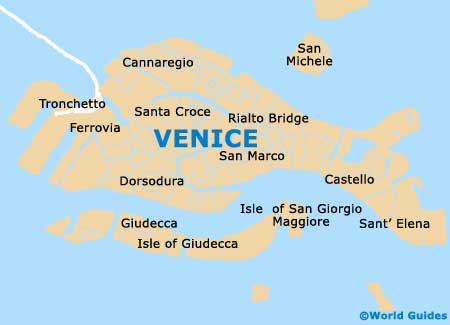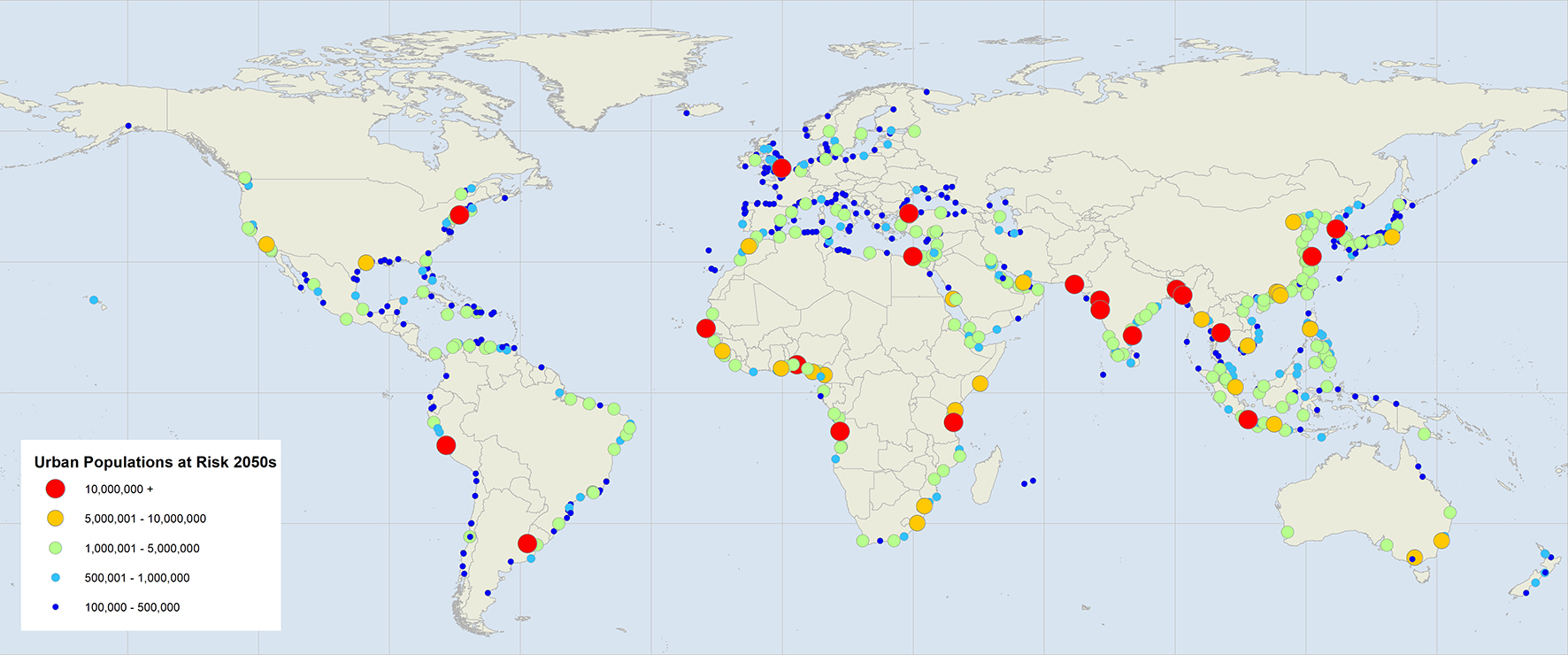 Built on islands in the Adriatic Sea, Italy’s city of Venice is used to experiencing the power and danger of the ocean.
Built on islands in the Adriatic Sea, Italy’s city of Venice is used to experiencing the power and danger of the ocean.
But the flood that inundated the city on Tuesday night caught even longtime residents off guard. The water level rose to six feet (1.9 m) above normal - the second-highest in Venice’s history.
Seawater submerged the iconic San Marco Square and flooded many buildings, including homes and churches. Repairing the damage is expected to cost billions of dollars.
Let’s look at what causes floods in Venice and what Tuesday’s events mean for the world as a whole.
Acqua Alta: An Annual Phenomenon
Venice is located in a lagoon on the northern end of the narrow, largely straight Adriatic Sea.
When strong winds such as the scirocco (a warm wind coming from Africa) enter the Adriatic during high tide, they drive water towards the lagoon, causing an increase in the water level. In Venice, these tidal floods are so common that they have a special name - acqua alta, Italian for “high water”.
 Acqua alta is mostly harmless and affects the lowest parts of Venice as often as 50 times per year, with more notable high tides occurring every few months. In fact, Venice has an official center that forecasts the tides as if they were part of the weather. More damaging floods happen every few years, and the worst one on record was in 1966.
Acqua alta is mostly harmless and affects the lowest parts of Venice as often as 50 times per year, with more notable high tides occurring every few months. In fact, Venice has an official center that forecasts the tides as if they were part of the weather. More damaging floods happen every few years, and the worst one on record was in 1966.
While acqua alta is a regular sight in Venice, it still causes problems for the city’s residents. During floods, Venetians have to keep their furniture from getting wet and clean the floor and walls after the water subsides. Most people sleep on the second or third floors to escape potential flooding.
Hoping to find a solution to Venetians’ troubles, the Italian government decided to construct a barrier to prevent flooding. Known as MOSE, the project consists of dams that can be raised to close off the inlets of the lagoon. It was supposed to become operational in 2011 but is still unfinished due to poor planning and corruption scandals.
Why Is It Getting Worse?
Scientists believe the main culprit in Venice’s worsening floods is a broader issue - global warming.
For decades now, scientists have been raising concerns that rising temperatures will melt polar ice and increase the water level, endangering cities in coastal areas.
The increasing severity of acqua alta events could be evidence that this is no longer a problem of the future - it has already begun. If the water level continues to rise, centuries-old coastal cities such as Venice could soon become uninhabitable.
Recent research suggests that the danger is even greater than previously predicted. Some of the world's most populous cities, including Shanghai, Mumbai, and Bangkok, could be partially underwater by 2050 if sea ice continues to melt at its current rate. This would affect nearly 150 million people - and that number would only continue to rise as water flooded more and more cities.

This year has seen a surge of climate activism through events such as the Global Climate Strike in September. People and leaders around the world are realizing that the planet is in danger and hope to do something about global warming before our homes and heritage begin to disappear.
Sources: Reuters, NY Times, CBS News, veneziaautentica







